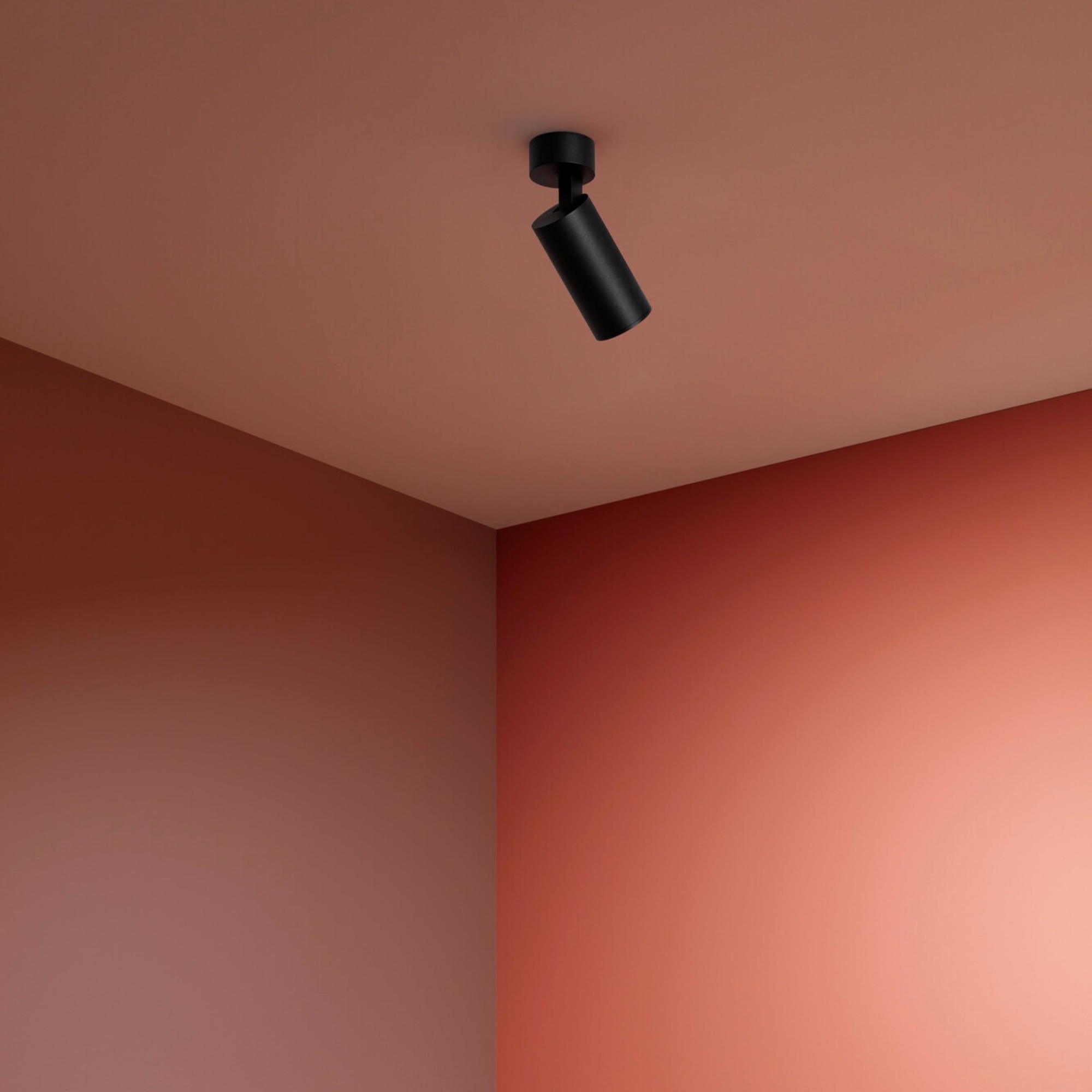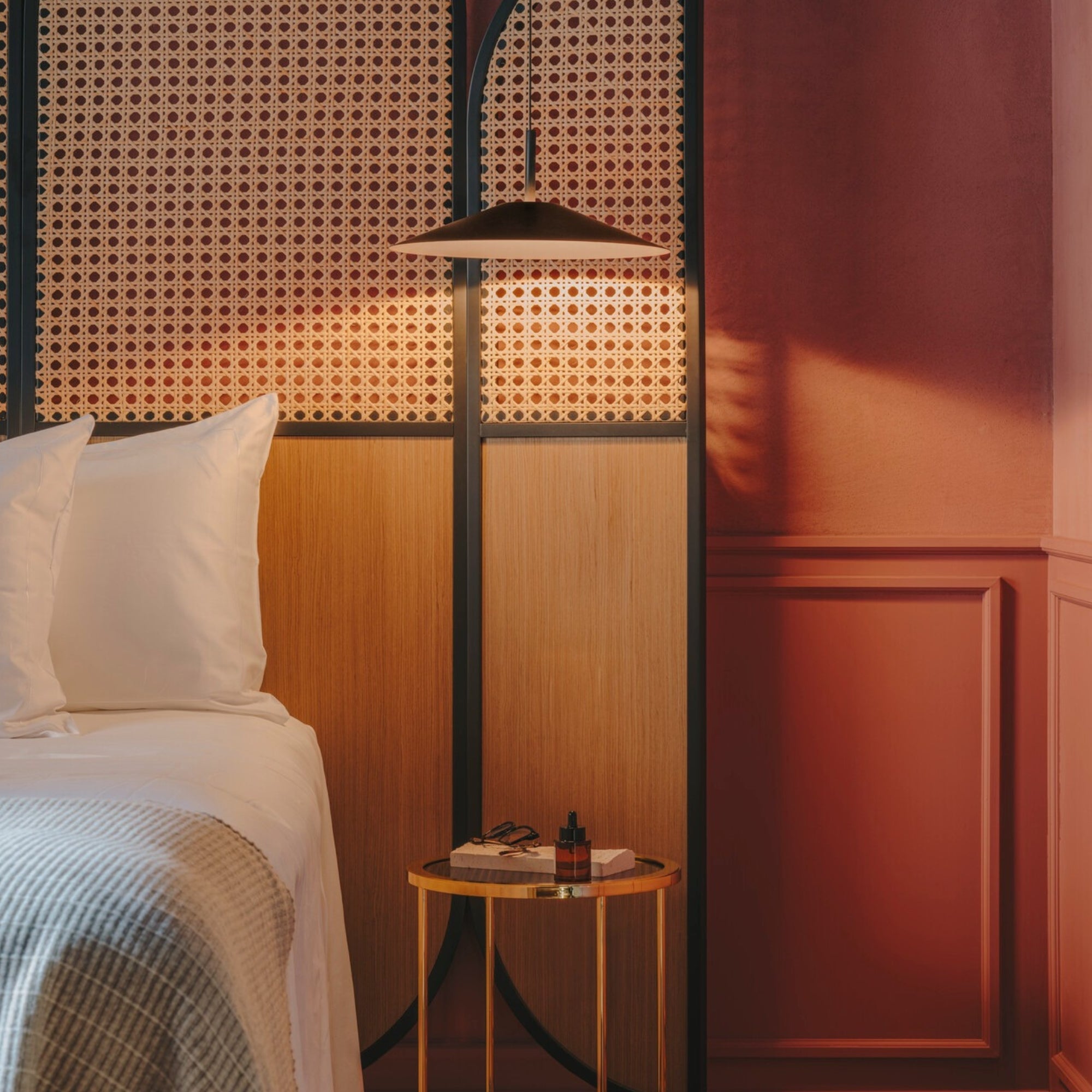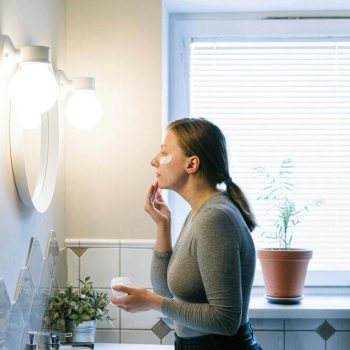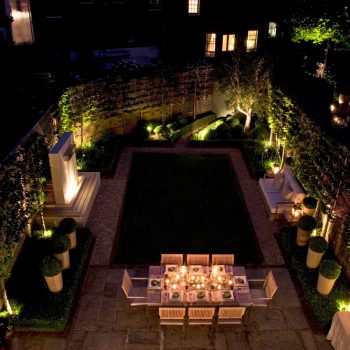Did you know that bathroom lighting zones dictate the location and type of lighting in your bathroom? Lighting a bathroom is different to lighting any other room in your house due to the high levels of moisture and steam present. These unique conditions mean that any lighting installed in your bathroom must be appropriately water-resistant to ensure both your safety and the longevity and performance of your lighting.
Bathroom light regulations exist to guide you on what each bathroom light zone is and what type of lighting you should use in it.
However, if you’ve never installed bathroom lighting, don’t worry! We have compiled a simple guide to the bathroom lighting zones to help you choose the correct-rated lighting for your bathroom space.
Table of contents:
What are bathroom zones?
The IET wiring regulations make up the UK’s national standard for safe electrical installation, and they set out four basic ‘hazard zones’ for bathroom lighting. Each bathroom light zone represents the various proximities of light fittings to bathroom water sources, dictating which types of lighting can be safely used in each zone.
For example, light fittings placed directly over the shower stall will be exposed to much higher levels of steam and moisture than lights placed on the opposite wall. Therefore, certain areas in the bathroom require different levels of water-resistant light fittings.
Here’s a guide to the basic bathroom lighting zones and the types of lighting that can be used in each one:
The bathroom zones in the UK
Bathroom lighting needs certain IP ratings depending on where you plan to install it in the bathroom. Bathrooms are split into 4 zones based on proximity to water, so use the guide below to choose safe lighting with the right IP rating for your needs.
Bathroom zone 0
Zone 0 in the bathroom is for lighting directly inside the bath or shower. If you plan to install lighting inside your bath, hot tub or shower stall, you must choose bathroom lights with the highest IP ratings of IP67 or IP68. These can withstand water immersion of up to 1 metre or more.
Bathroom zone 1
Zone 1 in the bathroom is for lighting directly above the bath or shower, up to 2.25 metres from the floor. For this zone, use IP45. IP45 is a very common IP rating for bathroom lighting, essential for installing downlights or spotlights directly above shower stalls and baths. IP45-rated lights can safely withstand splashing water and any contact from strong water jets when installed up to 2.25 metres from the floor.
Bathroom zone 2
Zone 2 in the bathroom is for lighting placed on either side of the bath, shower, or wash basin up to 600mm (0.6m) outside the perimeter of the water sources and up to 2.25m from the floor. You will need IP44-rated bathroom lights to install lighting on either side of your shower, bath or sink unit. These can withstand moderate spraying or splashing of water but nothing more powerful.
Bathroom Zone 3 (Outside Zones)
Zone 3, or the “outside zones” in a bathroom, refers to any areas outside the above lighting zones. If you’re installing lighting higher than 2.25 metres from floor level or outside the above zones, you can take your IP rating as low as IP20. However, we would always recommend using lighting of IP44 minimum in bathrooms for added safety.
IP ratings for bathroom lights: Explained
To understand what the IP rating codes mean, read the guide below.
The zone suitability or IP rating determines the type of bathroom lighting you need, as set out in the bathroom light regulations. An IP (Ingress Protection) rating ranks the light source by how effectively it is protected from liquids or solid objects, and this will dictate where in your bathroom you will be able to install the light safely.
An IP rating is always indicated by the initials’ IP’ followed by two digits. The first digit indicates the level of protection from solids, so it is less relevant when looking for bathroom lights. However, it is the second digit you want to pay attention to, which indicates how water-resistant the light is, from resistant against sprays and splashes to submersible lights. The higher the digit, the more water-resistant your light will be.
Here’s a breakdown of the water-resistant IP rating digits and the level of protection they indicate, according to the latest bathroom light regulations:
| First Digit (Ingress of Solid Objects) | Protection |
| 0 | No Protection |
| 1 | Protected against penetration by solid objects 50mm+ |
| 2 | Protected against penetration by solid objects 12mm+ |
| 3 | Protected against penetration by solid objects 2.5mm+ |
| 4 | Protected against penetration by solid objects 1mm+ |
| 5 | Dust Protected |
| 6 | Dust Tight |
| Second Digit (Ingress of Water) | Protection |
| 0 | No Protection |
| 1 | Protected from vertically falling drops |
| 2 | Protected from water drops falling at a max angle of 15° |
| 3 | Protected from water as in the rain at a max angle of 60° |
| 4 | Protected from splashing or projection |
| 5 | Protected from low-pressure jets |
| 6 | Protected from high-pressure jets |
| 7 | Protected from temporary immersion under 1m of water |
| 8 | Protected against long periods of immersion over 1m of water |
And if you’re still unsure about which IP rating you need to choose, here’s a list of recommended IP ratings for each of the bathroom lighting zones:
| Lighting Zone | IP Rating |
| 0 | IP67+ |
| 1 | IP45+ |
| 2 | IP44+ |
| 3 (Outside Zones) | IP20 (IP44 recommended) |
Water-resistant bathroom lights at Moonlight Design
Now you’re clued up on all the bathroom light zones, you can begin choosing your brand new bathroom lights to suit your tastes and bathroom space, knowing the ones you choose will be suitably water-resistant. At Moonlight Design, we have a wide range of bathroom lighting for you to browse, including stylish recessed downlights, spotlights and wall lights.
Related blogs:





Leave a comment
This site is protected by hCaptcha and the hCaptcha Privacy Policy and Terms of Service apply.